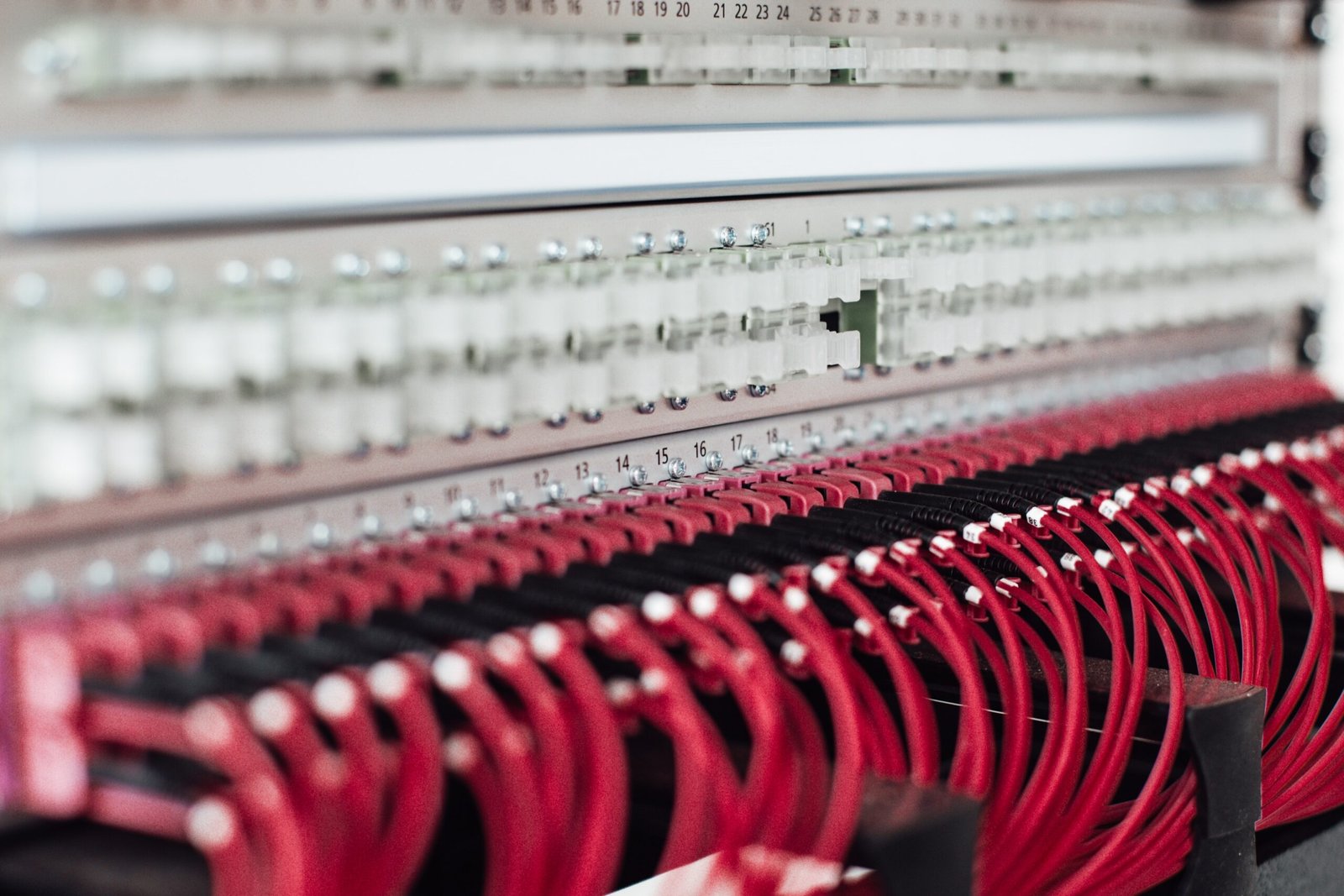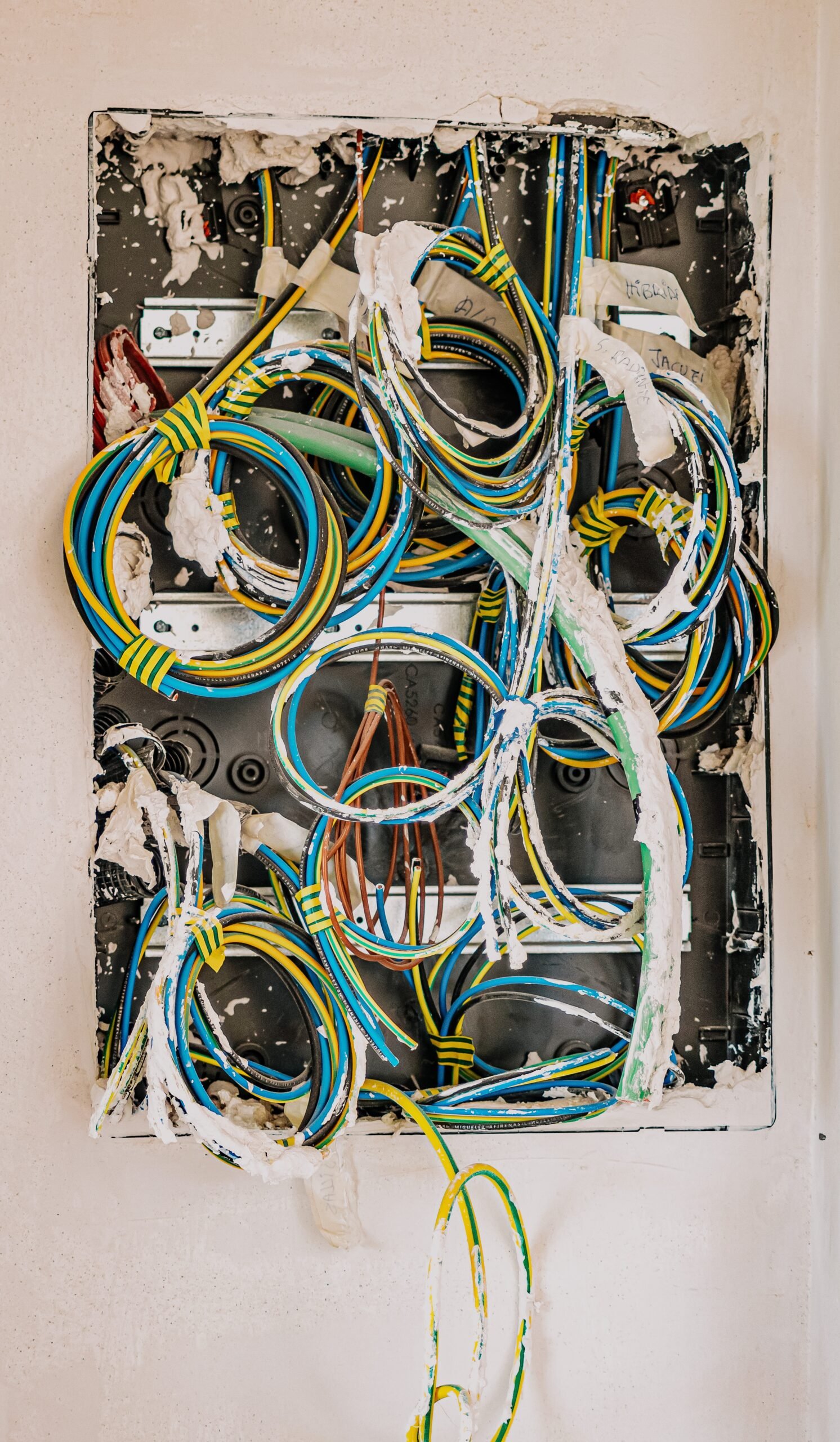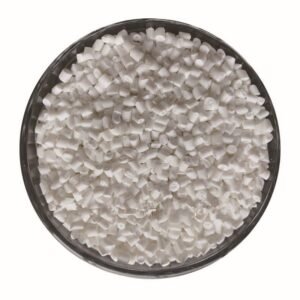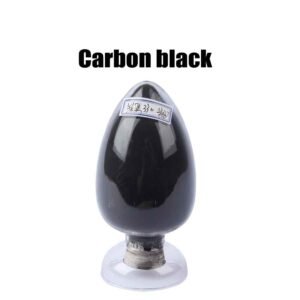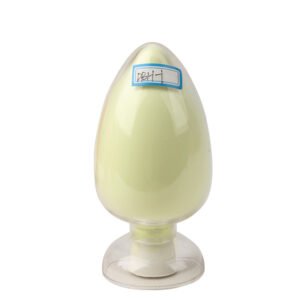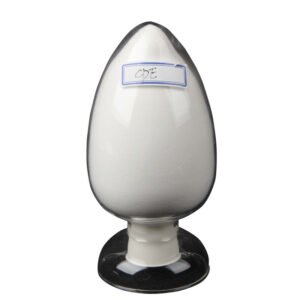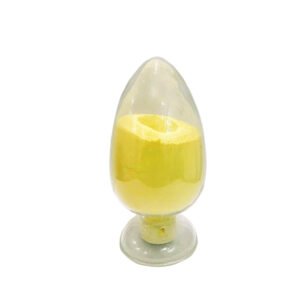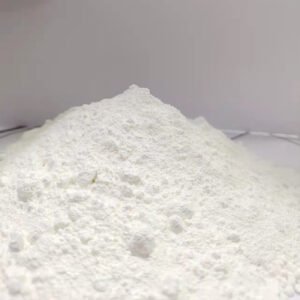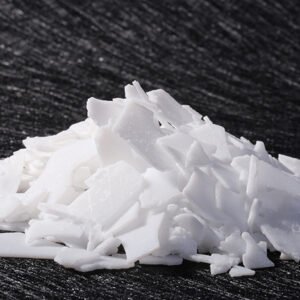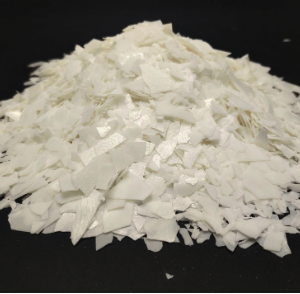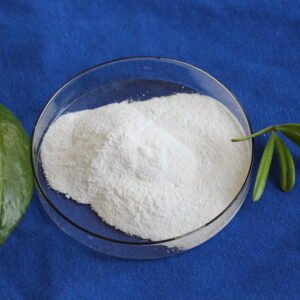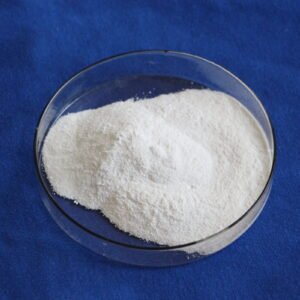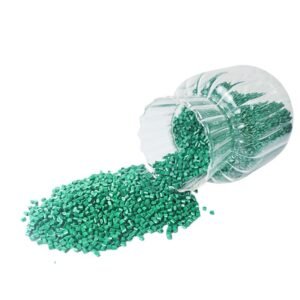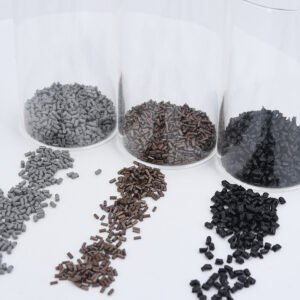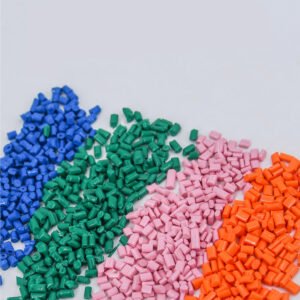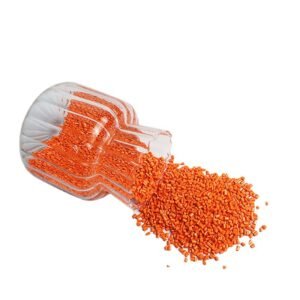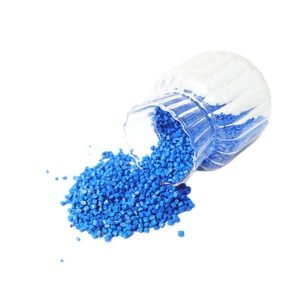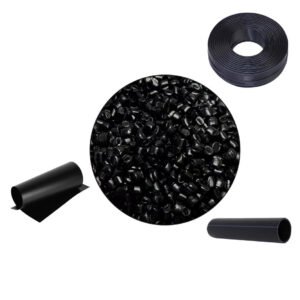PVC cable material is a composition of various components including polyvinyl chloride resin, stabilizer, plasticizer, filler, lubricant, antioxidant, colorant, and more. These materials are carefully blended to achieve specific properties required for PVC cables.
The PVC cable materials exhibit high withstand voltage and insulation resistance. However, they also have relatively large dielectric constant and dielectric loss. As a result, PVC is commonly used as the insulation layer for low-voltage (≤1KV) and medium-high-voltage (6~10KV) cables.
When formulating PVC cable materials, there are certain considerations that need to be taken into account. Cable materials require higher performance in terms of electrical insulation, low temperature resistance, and aging resistance. Therefore, the formulation must address these specific requirements.
The electrical insulation property of PVC cable materials is crucial for preventing electrical leakage and ensuring safe operation. Low temperature resistance is essential to maintain the flexibility and functionality of the cables even in extreme cold conditions. Aging resistance ensures that the cables can withstand prolonged exposure to environmental factors without significant degradation.
By carefully selecting the appropriate combination of PVC resin, stabilizers, plasticizers, fillers, lubricants, antioxidants, and colorants, manufacturers can create PVC cable materials that meet the desired performance standards. These formulations are designed to optimize the properties of the cables and ensure their reliable and efficient operation.
